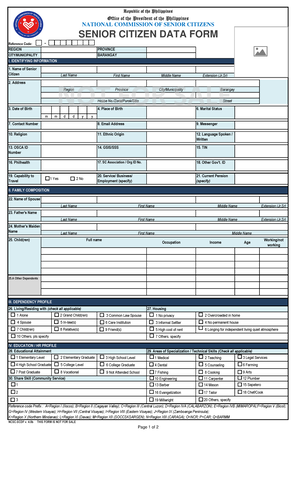- Information
- AI Chat
Was this document helpful?
The risk of material misstatement refers to the risk that the financial statements are materially misstated
Course: Accounting (ACCtg12)
126 Documents
Students shared 126 documents in this course
University: Taguig City University
Was this document helpful?

The risk of material misstatement refers to the risk that the financial statements are
materially misstated. According to Auditing Standard No. 12, Identifying and
Assessing Risks of Material Misstatement, indicates that the auditor should assess
the risks of material misstatement at two levels: (1) at the assertion level and (2) at
the financial statement level.
Risk of material misstatement at the assertion level consists of the following components:
Inherent risk, which refers to the susceptibility of an assertion to a misstatement, due to error or fraud,
that could be material, individually or in combination with other misstatements, before consideration of
any related controls.
Control risk, which is the risk that a misstatement due to error or fraud that could occur in an assertion
and that could be material, individually or in combination with other misstatements, will not be
prevented or detected on a timely basis by the company's internal control. Control risk is a function of
the effectiveness of the design and operation of internal control.
Risks of material misstatement at the financial statement level relate pervasively to the financial
statements as a whole and potentially affect many assertions. Risks of material misstatement at the
financial statement level may be especially relevant to the auditor's consideration of the risk of material
misstatement due to fraud.
According to Auditing Standard No. 12, The risk of material misstatement refers to the risk that the
financial statements are materially misstated.
Risk of material misstatement at the assertion level consists of the following components:
Inherent risk, Inherent risk measures the auditor's assessment of the susceptibility of an assertion to a
misstatement, due to error or fraud, that could be material, individually or in combination with other
misstatements, before consideration of any related controls. The auditor concludes that the high
likelihood of misstatement exists, the auditor will conclude the inherent risk is high.
Control risk, Control risk measures the auditor's assessment of the risk that a material misstatement
could occur in an assertion and not be prevented or detected on a timely basis by the client's internal
controls. Assume that the auditor concludes that internal controls are completely ineffective to prevent
or detect misstatements.
The combination of inherent risk and control risk is referred to in auditing standards as the risk of
material misstatements. The auditor make a combined assessment of the risk of material misstatements
or the auditor can separately assess inherent risk and control risk




